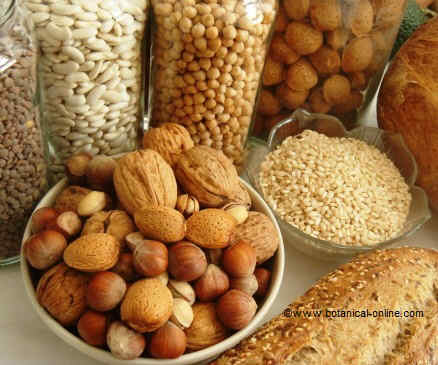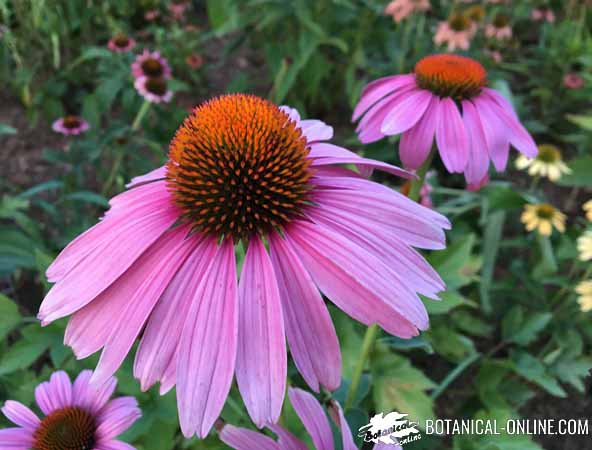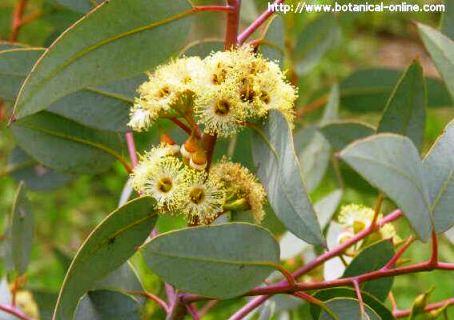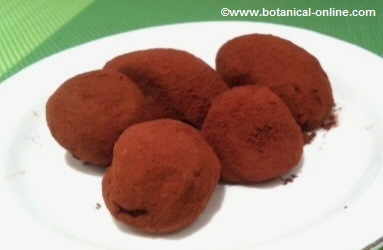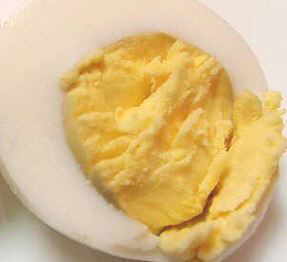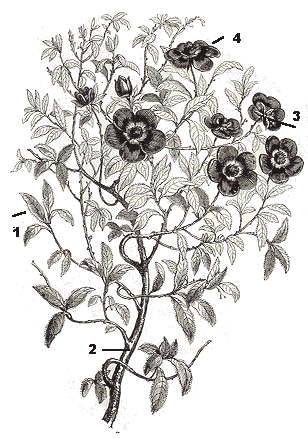TRADITIONAL USES OF WORMWOOD
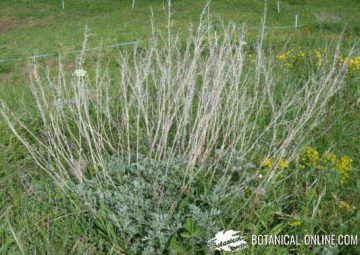
Wormwood plant has been known since antiquity by numerous cultures. It is known that it appeared in Egypt and subsequently was used by the Greeks and Romans in a common way mainly as a bitter tonic and to combat fever and intestinal worms.
During the Middle Ages, absinthe has been part of numerous potions prepared by witches and sorcerers. With it love filters were made for lovers to achieve their loved ones to fall into their arms. The doctor, astrologer and Swiss alchemist Paracelso (1493-1591), said that it was a plant that produces insomnia and hallucinations.
For some time this plant was erroneously used in France as an antidote to counteract the poisons of poisonous mushrooms. In many nations it was widely used as an abortifacient.
The astrologer, physicist and pharmacist Nicholas Culpeper (1616-1654) in his Complete Herbal refers to all plants of the genus Artemis in this way:
” Take of the flowers of Wormwood, Rosemary and Black Thorn, of each a like quantity, half that quantity of saffron; boil this in Rhenish wine, but put it not in saffron till it is almost boiled. This is the way to keep a man’s body in health…” |
Sir Robert Christison, Professor of Medical Matters at the University of Edinburgh in his book A Dispensatory or Commentary on the Pharmacopoeias of Great Britain (1842) sets out the main characteristics of use of this plant.
Wormwood, as a powerful aromatic bitter, is powerfully tonic, in some measure febrifuge, and likewise anthelmintic in its action. On account of these properties it was once highly prized in medicine. It is now chiefly employed, however, as a stomachic bitter in dyspepsia; and even for this purpose it is more used in domestic than in regular practice, at least in this country. There seems no reason for the present neglect of it, except the caprice of fashion, which has gradually substituted other bitters. It is an appropriate stomachic for those whose stomachs have been enfeebled by intemperance, and a favourite bitter with many gourmands. It is one of the many bitter vegetables by which intermittent fever may be sometimes checked. Though advantage has been derived from it in worms, it is inferior in certainty to many other anthelmintics. It appears to be absorbed into the system when swallowed; for the milk and flesh of animals fed with it are said to become bitter. It is most generally given in the form of extract But if the preservation of its aroma be desired, as well as its bitterness, an Infusion or tincture is preferable. An infusion of proper strength may be made with half an ounce to a pint of water. A tincture or distilled spirit constitutes the Eau or Creme d? Absinthe of the continent, much in request among persons addicted to the pleasures of the table. This is prepared by infusing one part of chopped wormwood in four parts of proof-spirit, and distilling off three parts and a-half with a vapour-bath heat. |
USES OF WORMWOOD
- Medicinal uses: Absinthe is now considered to be a bitter tonic suitable for the digestive system, as well as a good remedy in external use for pain and inflammation.
- Liquor manufacture: Absinthe is an alcoholic beverage in which wormwood is one of the main components. Although widely used in the past, it has been banned in many countries.
The truth is that it has a component with hallucinogenic and potentiating properties, absinthin. This is particularly noteworthy in absinthe, a liquor prepared with anise, coriander, hyssop and wormwood.
Absinthe was widely consumed by nineteenth-century bohemia, especially in France, causing intoxications known as absintheism in those who drank it habitually, reason why it was prohibited in this country in the year 1912. Later, other countries also considered opportune to prohibit it.
Wormwood also enters the composition of vermouth, for this reason this herb is also known as “vermouth grass” or “vermouth”. In fact the word vermut in German is written wermut, which means wormwood.
- Absinthe wine is used as an aperitif when taken before meals and as a digestive after the same.
- Spice in the kitchen: Absinthe leaves can be considered a spice, because of their ability to aromatize the dishes. You should not use a too much amounth because its flavor is strong so it should be combined with caution, mixed with other spices to which it complements. Nor should it be used too much to avoid the risk of intoxication.
- Species suitable as an ecological remedy against pests: Because of its peculiar smell, wormwood has been used as a resource to keep pests away from cultivated plants. Its roots secrete components that appear to inhibit the development of herbs.
It has also been used to repel fleas and moths from inside homes.
Wormwood is toxic to caterpillars. Planting wormwood near the plants affected by these worms helps prevent them from advancing on garden plants, vegetables.
Fumigate the plants with an infusion of wormwood if you want to eliminate aphids.
- Hops substitute: In the manufacture of beer wormwood was used for some time as a substitute for hops.
* Related information: Mugwort properties
![]() More information on wormwood
More information on wormwood


